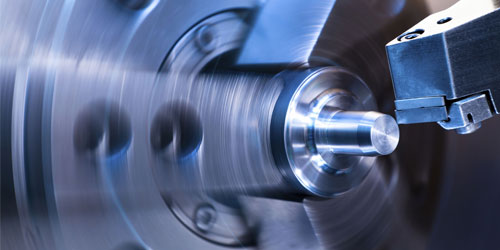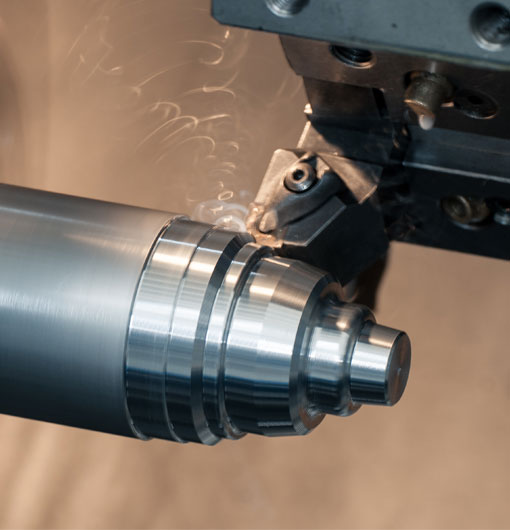In the modern era of manufacturing, CNC lathed turning parts are a significant facet of many industries, from automotive manufacturing to aerospace engineering. When precision is key and even a fraction of a millimeter can make a monumental difference, CNC turning stands as a beacon of precision machining technology.
CNC Turning: A Brief Overview
CNC (Computer Numerical Control) lathed turning is a process used in manufacturing where computer-programmed machines, called lathes, are used to precisely cut and shape materials. These materials range from metals, such as aluminum and steel, to plastic and wood.
Essentially, the lathe secures and rotates the raw material piece against a cutting tool that trims, chamfers, and generally shapes the piece into the desired part*s specifications. This process is highly beneficial for producing cylindrical parts and components.
Coupled with the precision of modern computer technology, the humble lathe has become a workhorse in today's industrial world, producing intricate parts consistently and efficiently.
Welding the Gap Between CNC and Manual Lathing
In traditional manual lathing, a skilled operator controls the lathe's movements. With CNC lathing, these movements are programmed into a computer, removing the need for constant manual input and allowing for much higher accuracy and replicability.
CNC lathing offers numerous advantages over manual processes. The main benefit is the incredible precision of the machine-made parts. They also provide consistent quality〞 each part is as close to identical as possible, which is a boon when you require massive quantities of consistent, high-quality products.
The Workings of A CNC Lathe
While the specifics of each CNC lathe operation can vary significantly depending on the machine's model and the part being produced, most share some common components.
Firstly, a blueprint - or digital 3D model - of the part is created and loaded onto the CNC machine*s software. This blueprint serves as a guide for the lathe, allowing it to know exactly where to cut and shape the material.
Materials are mounted on a spinning chuck, which spins the workpiece at high speeds〞a process known as 'turning'. The machine uses a series of cutting tools to shape and finish the workpiece to match the given design specifications.
CNC Turning Configurations
CNC lathes come in several different arrangements, and the type employed depends on the specific requirements of a project. Some are best suited for intricate detailing and complex structures; others are designed for speed and efficiency in repeatable tasks.
The two most common types are the 2-axis and the multi-axis CNC lathes. The 2-axis lathe allows for movements in two directions, usually along the X and Z axes. This configuration is often used for simpler part designs.
In contrast, the multi-axis lathe offers increased flexibility and complex design potential, moving in several axes, X, Y, Z, B, and C. This means the machine can work on multiple sides of the part without needing to reposition it, saving time and allowing for more complex and precise shapes to be created.
Your Part in the CNC Lathed Turning Revolution
Whether you*re an engineer looking to improve your designs' precision and repeatability or a hobbyist wanting to delve into the world of CNC automation, understanding CNC lathed turning parts is a massive step forward.
From component design to final product, CNC machining plays an integral role in manufacturing countless items we use daily. CNC lathed turned parts are a testament to the wonderful blend of creativity, precision, and repetitiveness that typifies the world of manufacturing.
By understanding the working principles, benefits, and configurations of CNC lathed turning parts, you're not just understanding a tiny segment of the manufacturing world. In fact, you*re getting a peek into what goes behind the scenes of the objects we use and the buildings we inhabit - a blend of art, science, and technology, working in perfect synergy.
cnc lathed turning parts













